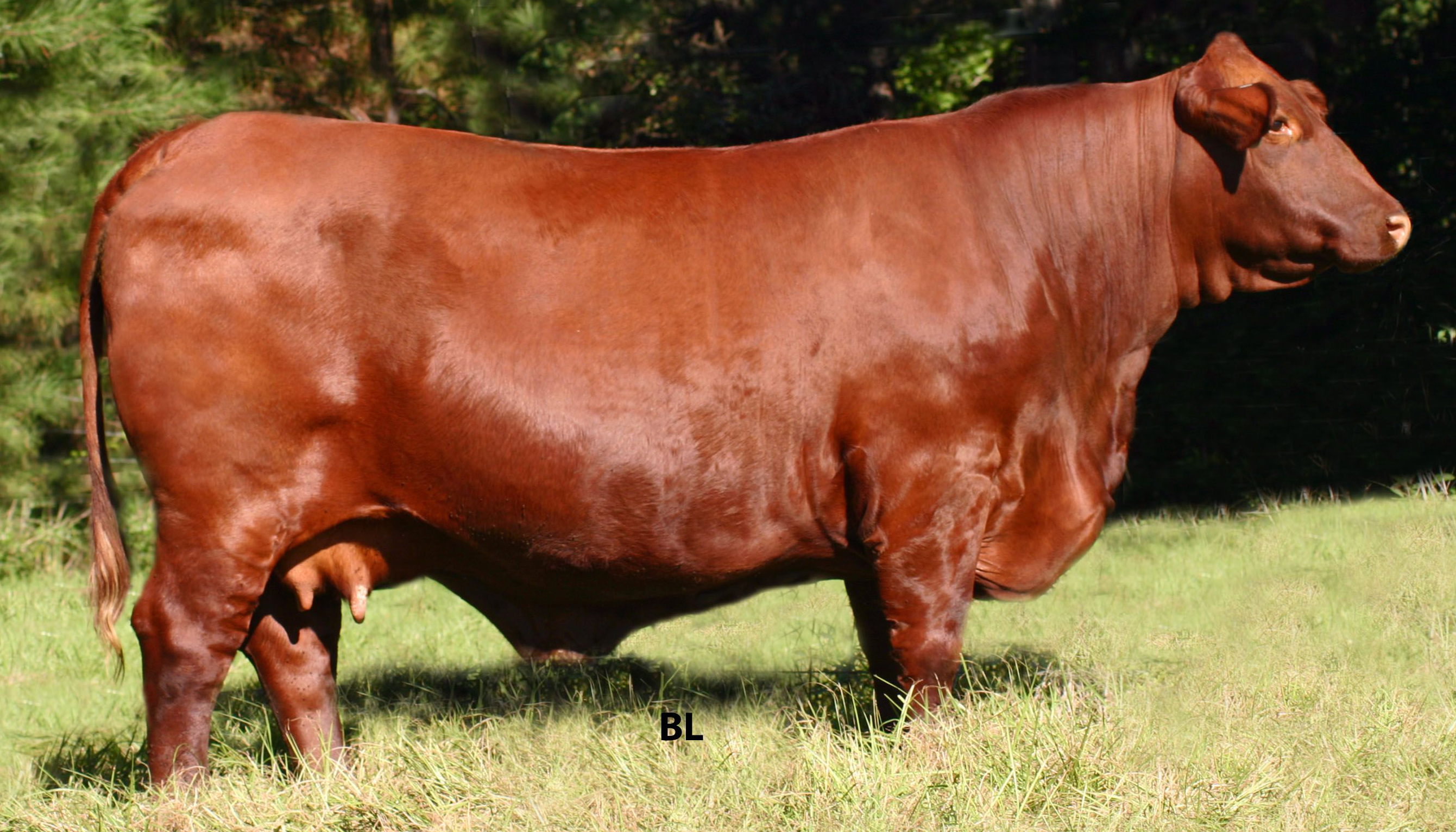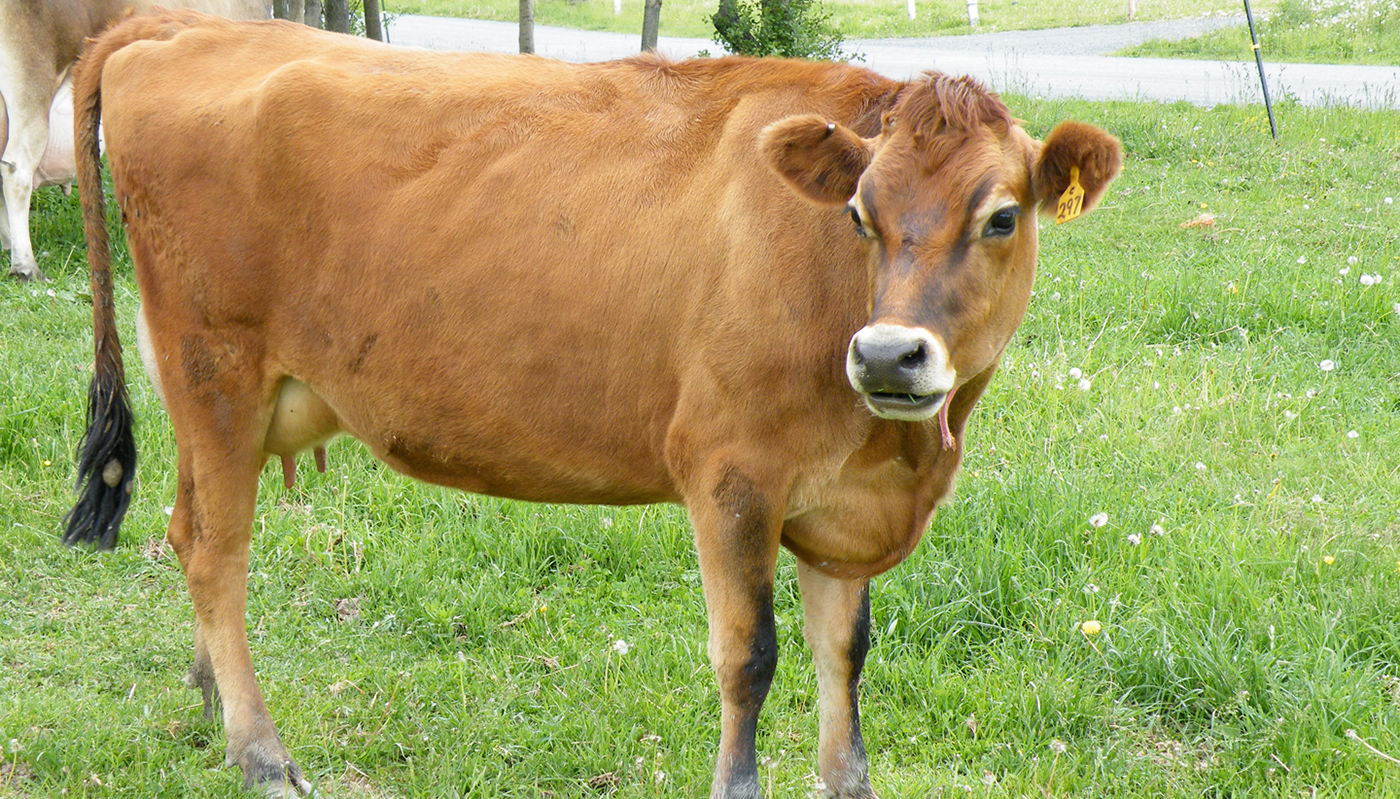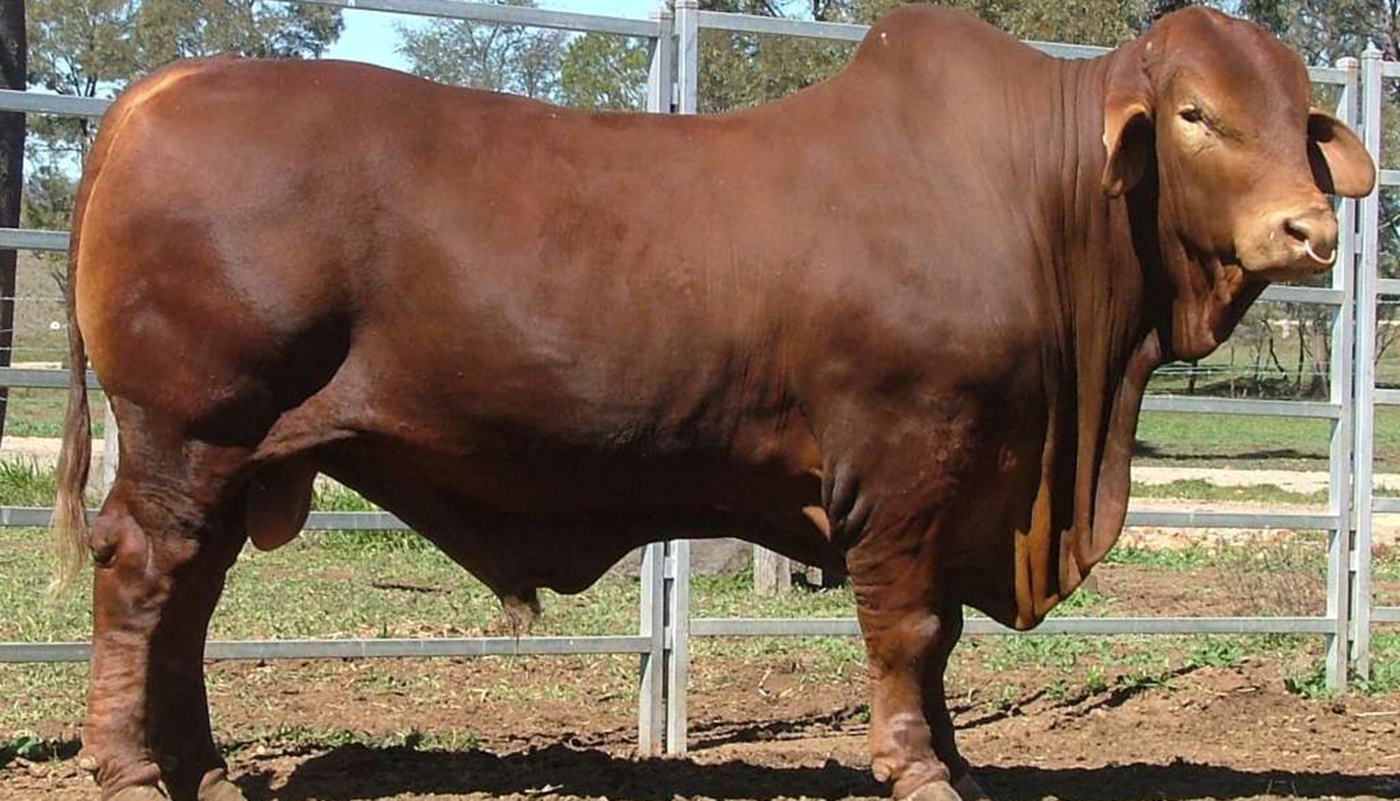
Many a depiction of cattle pulling a cart of plow shows that of a long-horned bovine. That depiction would be of the Anglo-Watusi breed of cattle. They have for generations made many heads turn with their long sweeping horns that extend from their foreheads. They have been dubbed the cattle of kings and did, in fact, play an important part in the status of some tribes that long since kept these animals.
Once in abundance, they are now a listed breed with fewer than 2000 recorded heads registered.
ANKOLE-WATUSI BREED OF CATTLE QUICK PROFILE OVERVIEW |
|
|---|---|
| Longhorn cattle that resemble that of the Anglo-Watusi can be found depicted in Ancient Egyptian art on the walls of pyramids. | |
| Country of Origin: | East Africa |
| Other Names: | Ankole Longhorn, Ankole or Watusi |
| Main Purpose: | Milk, meat, and draft |
| You may Also Like: | 35 Best Cattle Breeds for Milk – Dairy Cattle |
| You may Also Like: | 47 Best Cattle Breeds for Meat – Beef Cattle |
| Can be used for | Breed, Meat, Milk, Draft |
| Ideal Climate: | Heat, Cold, Most Climates |
| Conservation Status: |
Listed by the *ALC Status/Rarity: Status listed as recovering |
| Health Issues? | No known health issues |
| Good Starter Cattle? | Novice to intermediate Cattle farmer/keeper level |
| Cattle Associations: | Ankole Watusi International Registry or the World Watusi association |
| Cattle Clubs: | Please refer to the Ankole Watusi International Registry or the World Watusi association for more information on the Ankole-Watusi cattle breed |
| Where to buy them? | Please refer to the Ankole Watusi International Registry or the World Watusi association for more information on the Ankole-Watusi cattle breed |
| Child Friendly? | Livestock should not be left unattended around unsupervised children |
| General Information: | The Anglo-Watusi has a lineage that dates back over 4000 to 6000 years ago. According to a census carried out in 2016, there is only around 1500 head of the breed left and 80% of these can be found in the United States of America. One of the most prominent features of the Anglo-Watusi cattle breed is its long sweeping horns that grow out of their head spread quite wide apart and then extend upward. They have the longest or biggest horns of any cattle breed with a record length recorded at 40.7 inches long. They have been dubbed as the “cattle of kings” as they are sure to turn heads where ever they are. They are the show stoppers of the bovine world and are actually used at a lot of cattle shows. There is an interesting fact about the Ankole-Watusi’s horns which is that they are a result of their adaptation to hotter climates. The horns allow for the dispersal of excess body heat. |
| Note: *ALC stands for American Livestock Conservancy | |
PHYSICAL CHARACTERISTICS |
||||||||||||||||||||||||||||||||
|---|---|---|---|---|---|---|---|---|---|---|---|---|---|---|---|---|---|---|---|---|---|---|---|---|---|---|---|---|---|---|---|---|
| They are a medium sized breed with long thick sweeping horns that at times can be seen to be a bit too large for the animal’s well defined slender face. Some of them a pendulous dewlap and sheath or a hump of variable size. The hump is not found on all of the breeds. | ||||||||||||||||||||||||||||||||
| Size: | Medium | |||||||||||||||||||||||||||||||
|
||||||||||||||||||||||||||||||||
COW BREEDING & MILKING INFORMATION |
|
|---|---|
| Most Cattle produce milk but not all of them are used in the dairy Cattle capacity for their milk. Cows only calve once a year and should have 12 to 14-month inter-calving cycle. The Ankole-Watusi cows produce a milk with an almost 10% butterfat content. They are used in crossbreeding to help increase the quality of milk in cows that have a poor milk quality. They do not produce very large amounts of milk and usually only enough to wean their young. Historically the calves could feed to a certain amount before they were milked. This resulted in high calf death rates due to them not getting enough nourishment. Today the breed has been bred to increase the milk yield and allow for less calve death rates. They are exceptionally good mothers and during the day a mother with a calf will be accompanied by an aunty cow for protection. During the night the herd will sleep together with the calves in the middle for protection as the cattle’s long thick horns would be a predator deterrent. | |
| Breeding Period/cycle: | Usually lasts 6 to 24 hours Most ave. 12 to 16 hours Cows usually come on heat every 21 days. |
| Estrous cycle: | Ave. 17 days to 24 days Heifer – usually ave. 20 days Cows – usually ave. 21 days |
| Gestation Period: | Usually, around 272 to 289 days but most gestation is 279 days. Cows that are carrying bull calf’s their gestation period is usually a little longer than cows that are carrying heifer calves. |
| No. Calves/Litter: | 1 calf at a time. Cows rarely have twins or triplets, but it can happen |
| Lactation Period: | Cows lactation period can last for up to about 10 months (305) days. |
| Milking From: | 1 to 6 weeks after Calving |
| Drying off Period: | The cow should have a 12 to 14-month inter-calving cycle. Drying off period for around 60 days before she can calve again. |
| Milk Quality: | Good – 10% butterfat content |
| Milk Ideal for: | Calves |
| You may Also Like: | 35 Best Cattle Breeds for Milk – Dairy Cattle |
CATTLE MEAT PRODUCTION INFORMATION |
||||||||
|---|---|---|---|---|---|---|---|---|
| The Ankole-Watusi was not really used for its meat as historically the breed represented the wealth of the tribe/owner. They were basically herded and used for their milk and to sell or trade. They do have a good quality of meat, but the calves tend to take a bit longer to mature than most breeds. |
||||||||
| Meat Production? | N – they are listed by the American Livestock Conservancy, Quality: Good | |||||||
|
||||||||
| You may Also Like: | 47 Best Cattle Breeds for Meat – Beef Cattle | |||||||
CATTLE SKIN PRODUCTION INFORMATION |
||||||||
|---|---|---|---|---|---|---|---|---|
| Most meat Cattle will have a skin by-product, and these are usually used in some form or just as a hide. The Ankole-Watusi was a sacred animal to the tribes that would keep and herd them. They were not used for their skin production | ||||||||
| Skin Production? | N/A | |||||||
| Skin is used to Produce: | Calf/cow skin leather products such as shoes, car seats, fine leather coats, gloves, handbags, belts, furniture, rugs, etc. | |||||||
|
||||||||
HISTORY
The Ankole-Watusi cattle breed are from an ancient breed of cattle that are thought to have been descendant from the inter-breeding of the Hamitic Longhorn cattle and the lateral-horned Zebu cattle. They are Sanga-type cattle that may have accompanied humans that migrated along south-bound routes to the Zambezi River.
The Sanga-type cattle are an African breed of cattle that originated over 2000 years ago from a mix of the Zebu Longhorn cattle from Africa and the ancient Egyptian Longhorn cattle.
The Ankole have long since been valued in African culture as ceremonial animals and a status symbol to which a tribe’s wealth could be measured.
During the early 1900s, the Ankole were exported from East Africa all over Europe and America but mainly to zoos for exhibition purposes. Until around the 1920s to 1930s when private breeders in the United States started to import them as farm cattle.
Most of the zoo animals in the States were sold to private breeders and the Ankole-Watusi International Registry was formed in North America to promote and protect the breed. They are usually dismissed as a novelty or show breed when in fact they are an excellent beef breed. They have an exceptional ability to withstand any climate including the sweltering heat, they have exceptional maternal instincts, high butterfat content and lean meat are true assets of this breed.
Video
USEFUL LINKS
- Purebred Dairy Cattle Association
- American Dairy Association
- National Association of Animal Breeders
- American Dairy Science Association
- United States Cattlemen’s Association
- National Cattlemen’s Beef Association
- American National Cattlewomen
- Beef Cattle Breed Associations
- National Cattlemen’s Beef Association
- Fur Commission USA
- North American Meat Institute
- American Livestock Conservancy
- Animal Shelter (ASPCA)
- American Veterinary Medical Association
- American Animal Welfare Society
- American Animal Control
- American Society of Animal Science
- United States Department of Agriculture
 Kankrej Cattle Breed – Everything You Need to Know
Kankrej Cattle Breed – Everything You Need to Know Santa Gertrudis Cattle Breed – Everything You Need to Know
Santa Gertrudis Cattle Breed – Everything You Need to Know Dutch Belted Cattle Breed – Everything You Need to Know
Dutch Belted Cattle Breed – Everything You Need to Know Alambadi Cattle Breed – Everything You Need to Know
Alambadi Cattle Breed – Everything You Need to Know Afrikaner Cattle Breed – Everything You Need to Know
Afrikaner Cattle Breed – Everything You Need to Know Boran Cattle Breed – Everything You Need to Know
Boran Cattle Breed – Everything You Need to Know Jersey Cattle Breed – Everything You Need to Know
Jersey Cattle Breed – Everything You Need to Know Simmental Cattle Breed – Everything You Need to Know
Simmental Cattle Breed – Everything You Need to Know Florida Cracker Cattle Breed – Everything You Need to Know
Florida Cracker Cattle Breed – Everything You Need to Know Ayrshire Cattle Breed – Everything You Need to Know
Ayrshire Cattle Breed – Everything You Need to Know Droughtmaster Cattle Breed – Everything You Need to Know
Droughtmaster Cattle Breed – Everything You Need to Know Aubrac Cattle Breed – Everything You Need to Know
Aubrac Cattle Breed – Everything You Need to Know